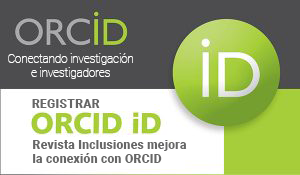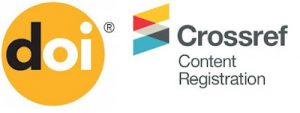STUDENTS’ INTEGRATED COMPETENCY AS A RESULT OF CLIL TECHNOLOGY APPLICATION
Palabras clave:
Content and language integrated learning, CLIL, Competence, Non-linguistic universityResumen
This article is devoted to the problem of finding and associating a certain competency which could be formed while applying the principles of content and language integrated learning (CLIL) in higher education. The aim of the article is to try to introduce the concept of students’ integrated competency, as well as to identify the meaning, structure and competences that make up this notion. The authors give an in-depth analysis of research papers devoted to the development of CLIL as an approach to teaching, its introduction in various educational institutions, describe its variety – integrating language and content in higher education – ILCHE and provide us with the methodological foundations of this approach. The papers of the most prominent researchers that contributed to the elaborating this sphere have been analyzed. Besides, the overview of theories concerning various types of competences related to foreign language learning, i.e. communicative, linguistic, cross-cultural etc., as well as competences related to the professional development of students, is provided. A new structure of students’ integrated competency is proposed in this article accompanied with the description of its components. The opportunities for its implementation and possible drawbacks are given in the discussion section. The authors conclude that the proposed competency structure could be considered as another step towards the dissemination of CLIL practice into the academic environment.
Publicado
Cómo citar
Número
Sección
Los autores retienen los derechos de autor y otorgan a Revista Inclusiones el derecho de publicación bajo Creative Commons Attribution 4.0 International (CC BY 4.0). Esto permite el uso, distribución y reproducción en cualquier medio, siempre que se otorgue la debida atribución al autor.











